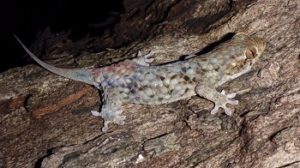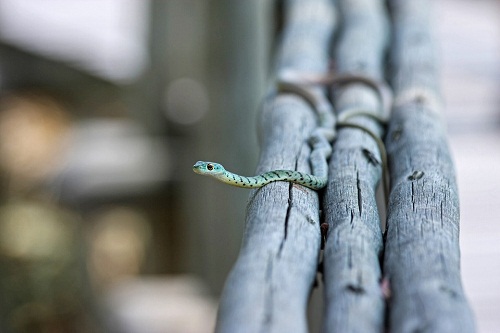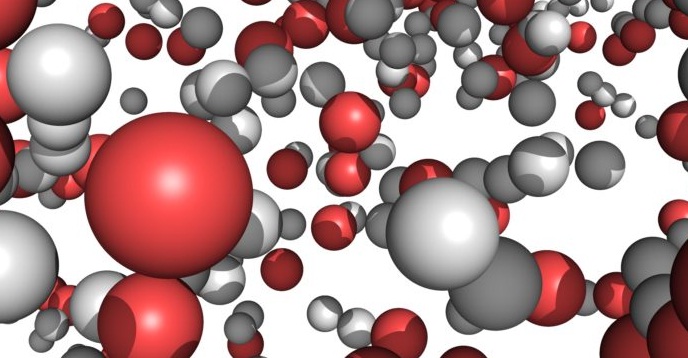
Scientists have discovered a new gecko species, Geckolepis megalepis or G. megalepis, that can amazingly escape the grip of a predator by shedding scales on its skin and dropping its tail.
Scientists who discovered this new type of gecko have described it in a study published in journal PeerJ.
G. megalepis lives around the limestone karst of the Ankarana massif in northern Madagascar. Madagascar and features fish-like scales that are larger than any of the other gecko species in its genus. It is the first new Geckolepis species to be described in 75 years.
“The gecko genus Geckolepis, endemic to Madagascar and the Comoro archipelago, is taxonomically challenging. One reason is its members ability to autotomize a large portion of their scales when grasped or touched, most likely to escape predation,” the study authors reveal.
“The new species has the largest known body scales of any gecko (both relatively and absolutely), which come off with exceptional ease.”
According to scientists, Geckolepis has a certain amount of control over the process of shedding its scales. They believe these lizards—to shed their scales—contract a layer of connective tissue beneath the skin, followed by squeezing of skin’s uppermost blood vessels to prevent bleeding.
“It seems to be a very extreme behavior in living geckos,” said study coauthor Juan Diego Daza, a herpetologist at Sam Houston State University in Huntsville, Texas.
A big problem that scientists face while capturing Geckolepis lizards is that they lose their scales, which damages the specimens.
“Indeed, the process of collection often damages even the most intact specimens,” the study authors wrote.
“Voeltzkow (1893) captured his specimens with bundles of cotton (‘Wattebäuschen’), and even this was not sufficient to prevent some scale loss.”
When fish-scale geckos are grasped by a predator, they lose their oversized scales and the skin underneath, leaving a pink skin beneath. Their scales have some bone in them, and are not entirely made of keratin.
“The scarless regeneration of the whole integument occurs within a few weeks, apparently starting from stem cells of the deeper layers of the connecting tissue and is considered as unique among vertebrates,” the study authors wrote.
The detailed findings of the study have been published in journal PeerJ.


